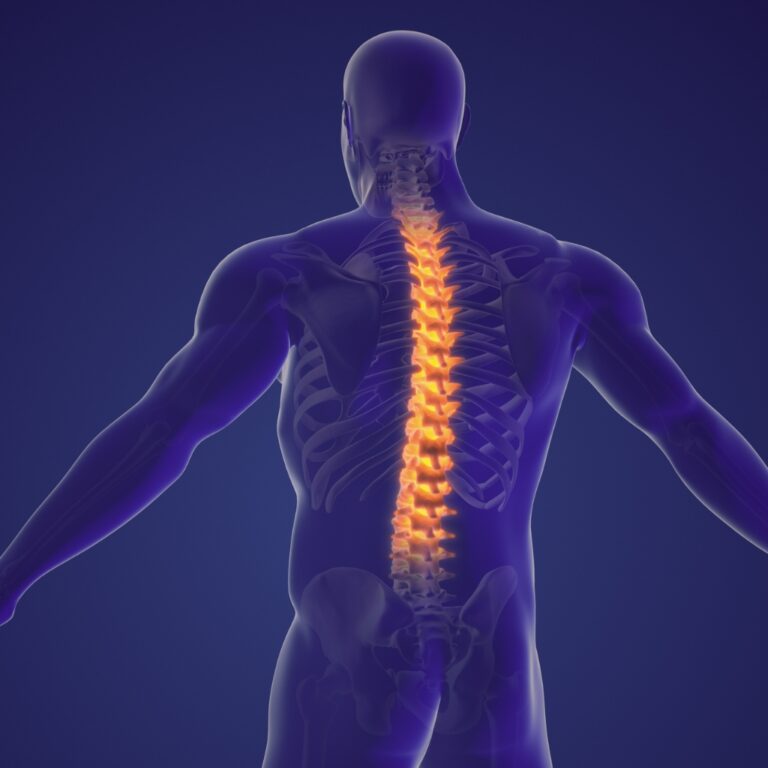
SPINAL INJURY
Exploring Spinal Injury Rehabilitation
Spinal injury rehabilitation is a specialized field dedicated to helping individuals recover from injuries or conditions affecting the spinal cord. Whether resulting from trauma, disease, or degeneration, spinal injuries can have profound implications for mobility, sensation, and quality of life. Through a comprehensive and multidisciplinary approach, spinal rehabilitation aims to maximize functional independence, alleviate symptoms, and promote overall well-being.
Understanding Spinal Injury Rehabilitation
Spinal injury rehabilitation encompasses a range of interventions aimed at addressing the unique needs and challenges of individuals with spinal cord injuries or disorders. The rehabilitation team typically includes physicians, physical therapists, occupational therapists, rehabilitation nurses, and other specialists working collaboratively to optimize outcomes and support the individual’s journey to recovery.
The Rehabilitation Process
The rehabilitation process for spinal injuries begins with a thorough assessment to evaluate the extent of the injury, assess neurological function, and identify the individual’s goals and priorities. Based on this assessment, a personalized rehabilitation plan is developed, which may include a combination of therapeutic interventions, assistive devices, and lifestyle modifications tailored to the individual’s needs and abilities.
Key Components of Spinal Injury Rehabilitation
Physical Therapy: Physical therapists play a central role in spinal injury rehabilitation, focusing on restoring mobility, strength, and flexibility through specialized exercises, manual therapy techniques, and functional training. Therapy sessions may include gait training, balance exercises, and activities aimed at improving coordination and motor control.
Occupational Therapy: Occupational therapists work with individuals to address challenges related to daily activities and self-care tasks. They may provide training in adaptive techniques, recommend assistive devices and modifications to the home environment, and help individuals develop strategies for maximizing independence in activities of daily living.
Neurological Rehabilitation: For individuals with spinal cord injuries, neurological rehabilitation focuses on optimizing neurological function, managing complications such as spasticity or neuropathic pain, and promoting neuroplasticity through targeted interventions and activity-based therapies.
Psychosocial Support: Coping with a spinal injury can be emotionally challenging, and psychosocial support plays a vital role in the rehabilitation process. Counseling, support groups, and peer mentoring programs provide individuals and their families with emotional support, education, and resources to navigate the physical and psychological aspects of spinal injury recovery.
The Road to Recovery
Recovery from a spinal injury is often a gradual process that requires patience, perseverance, and ongoing support. While the extent of recovery may vary depending on the severity and nature of the injury, spinal rehabilitation aims to help individuals achieve their highest level of function and independence, enabling them to participate fully in work, school, recreational activities, and social interactions.
Conclusion
In conclusion, spinal injury rehabilitation is a comprehensive and multidisciplinary approach to helping individuals with spinal cord injuries or disorders regain function, independence, and quality of life. Through a combination of therapeutic interventions, assistive technologies, and psychosocial support, spinal rehabilitation empowers individuals to overcome physical and emotional challenges and live fulfilling, meaningful lives despite spinal injury-related limitations.


